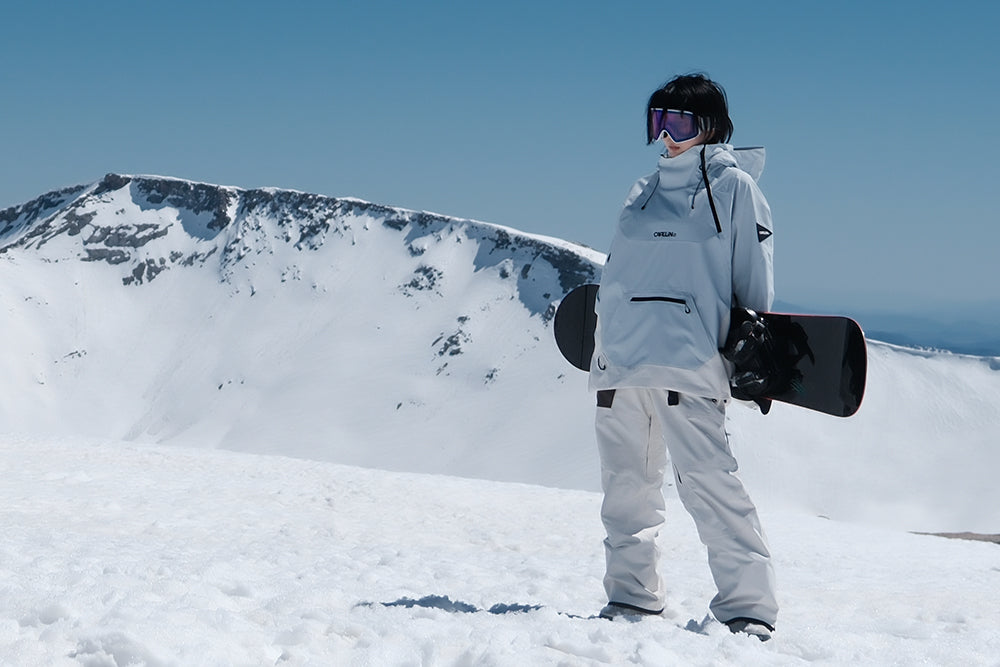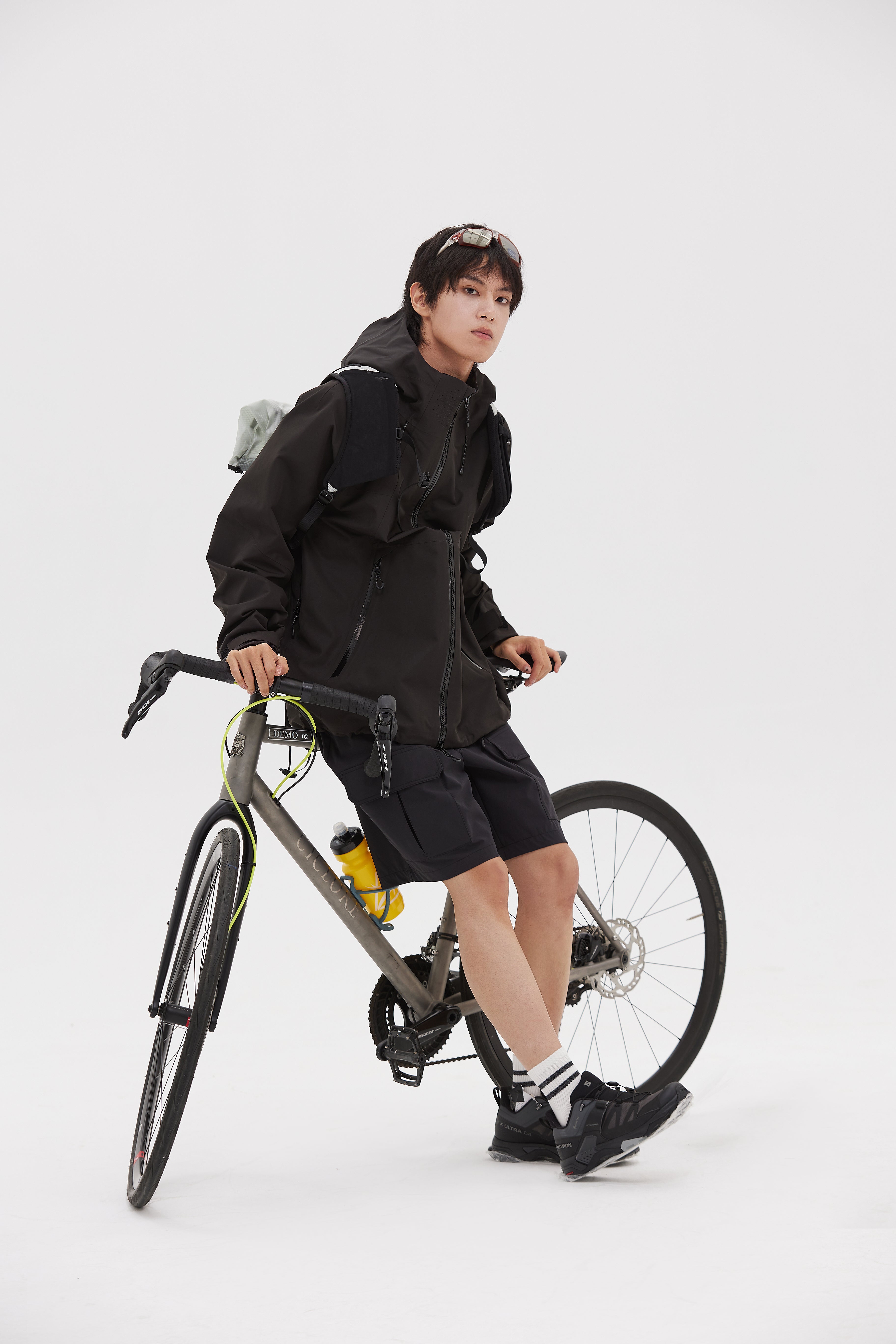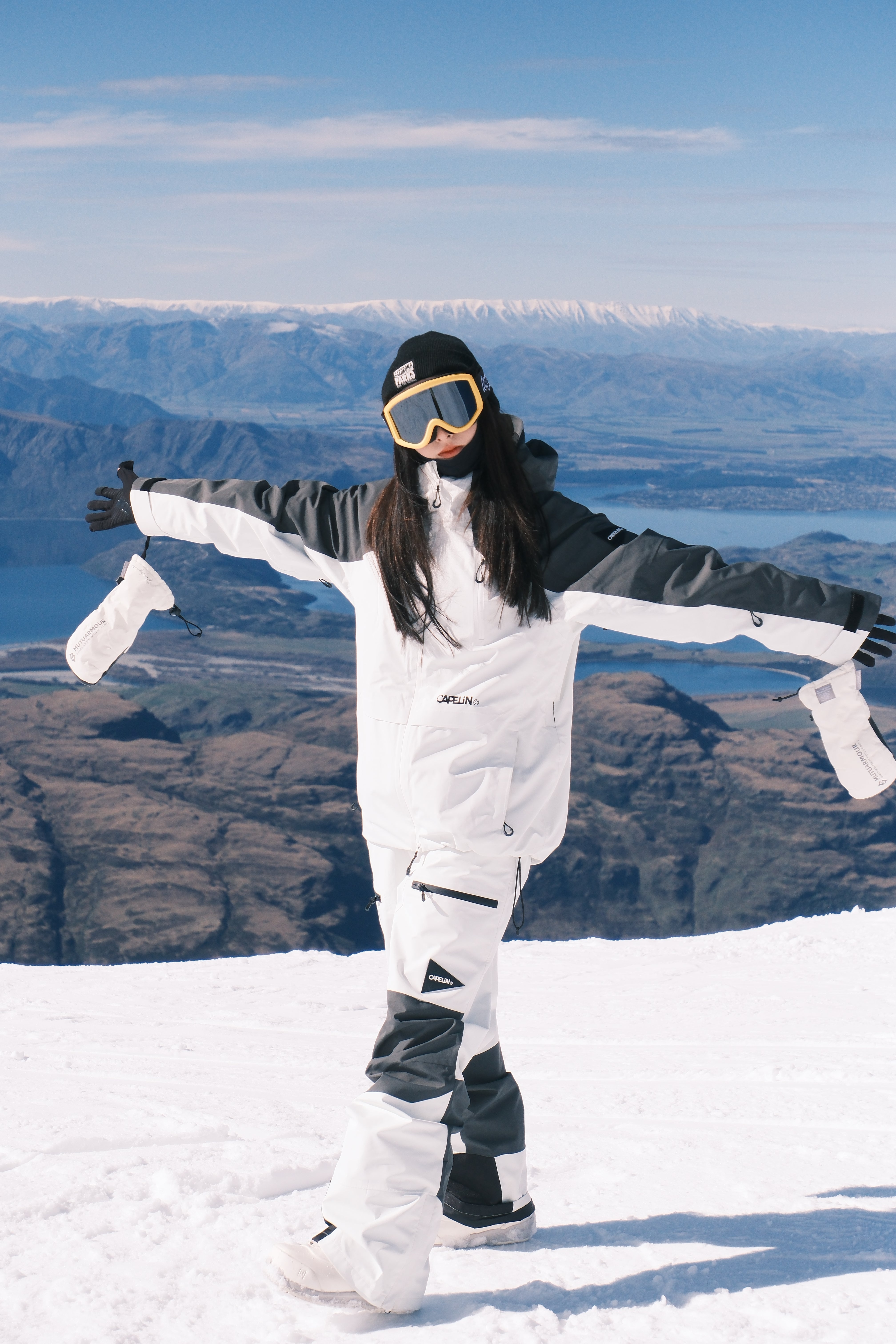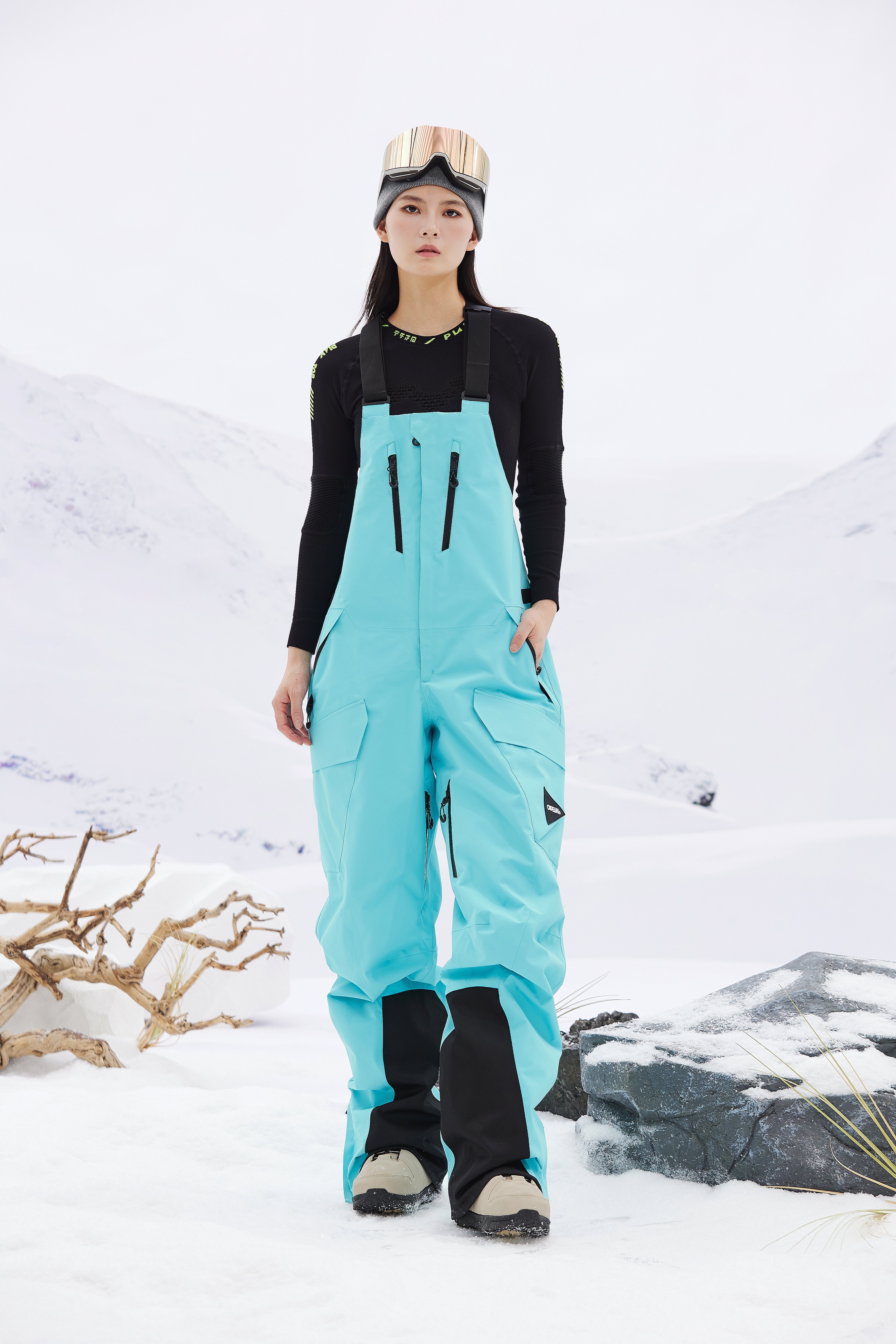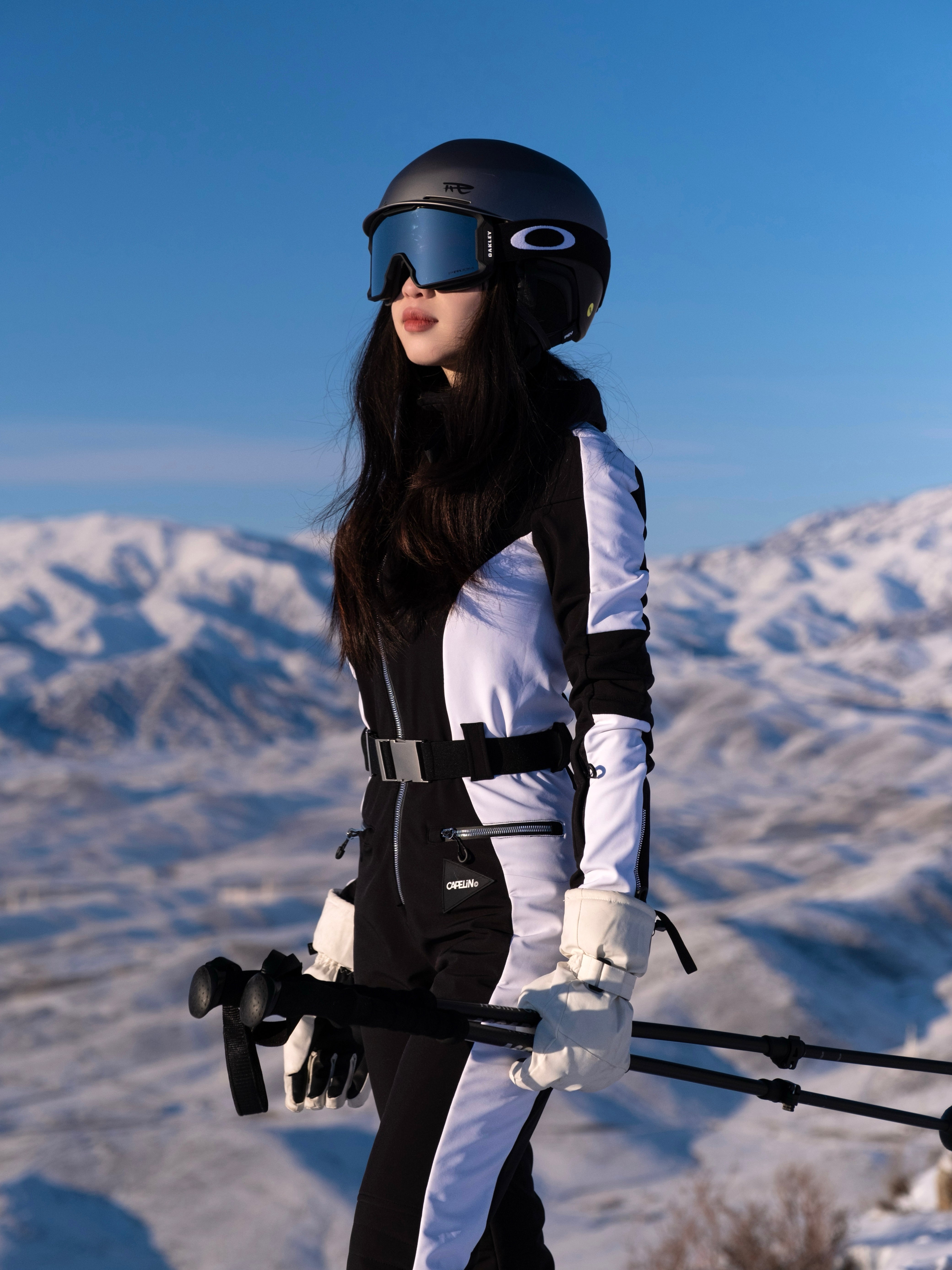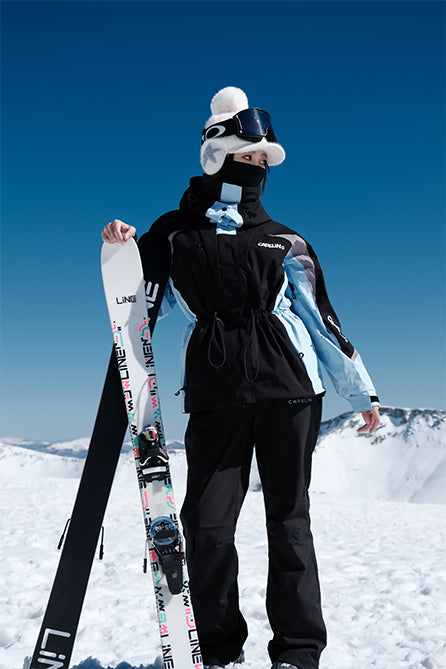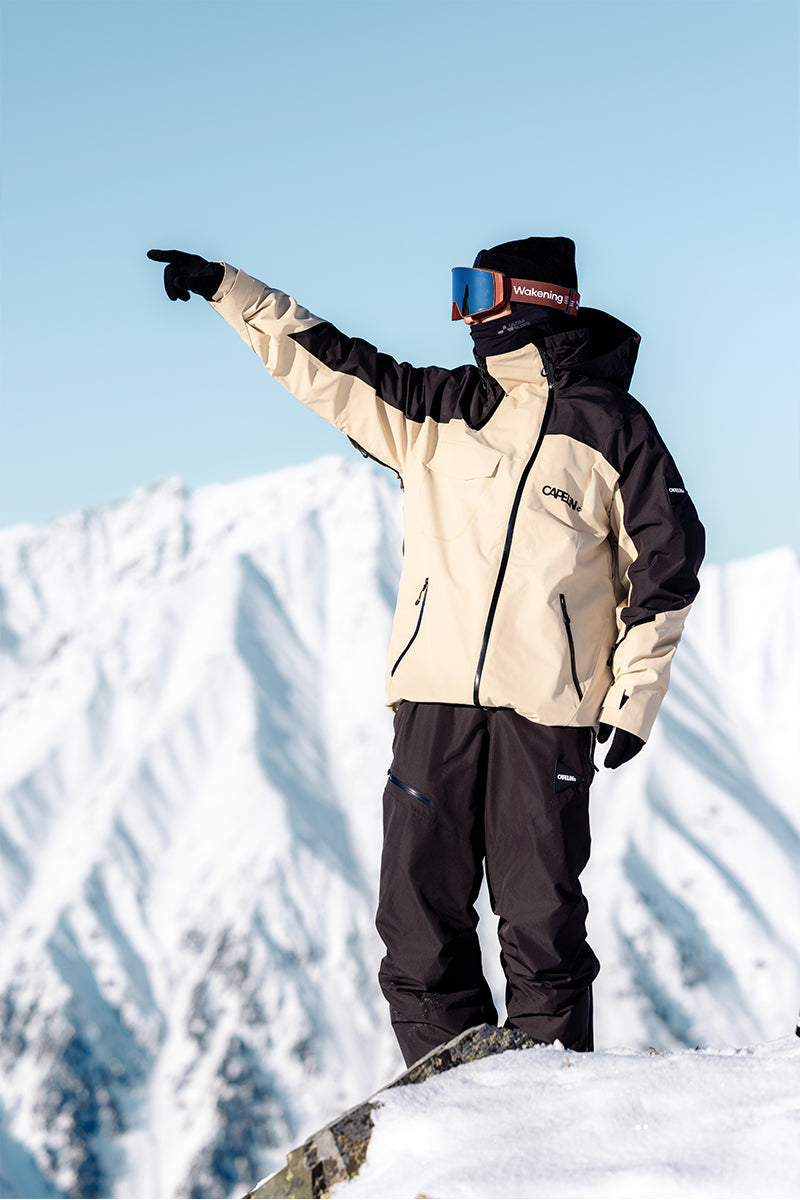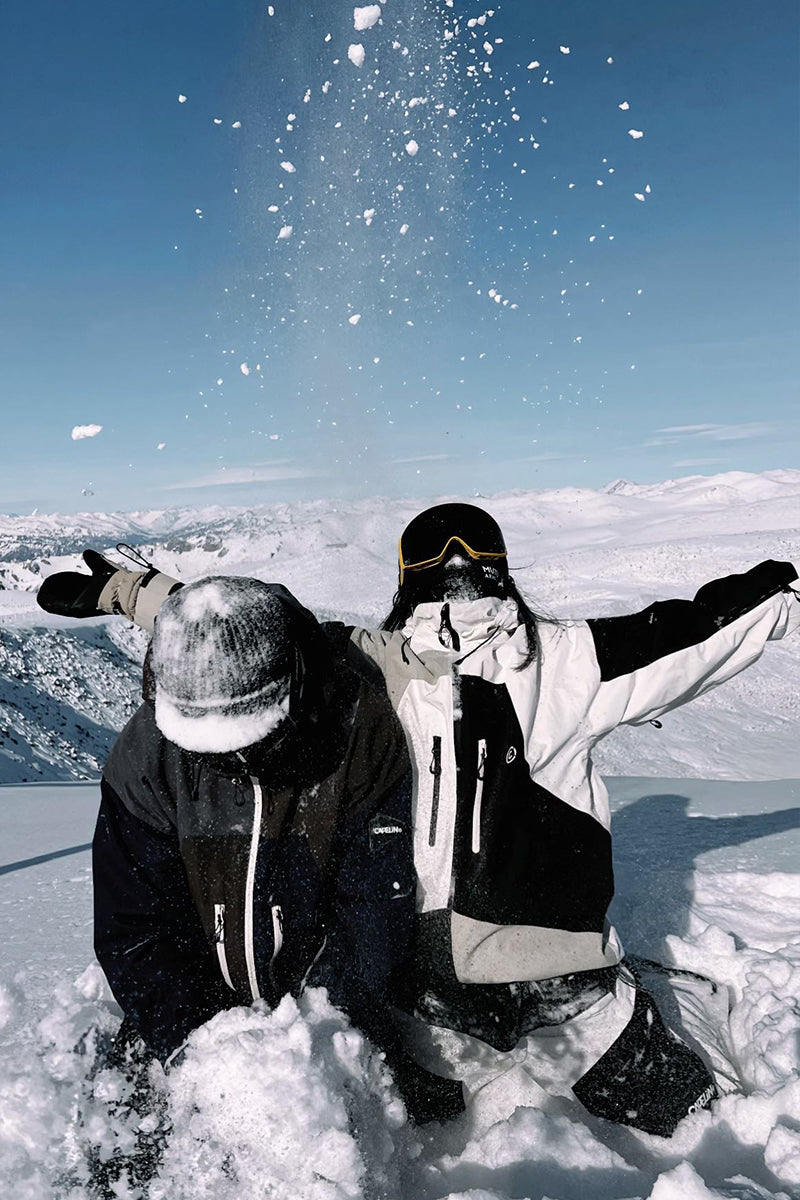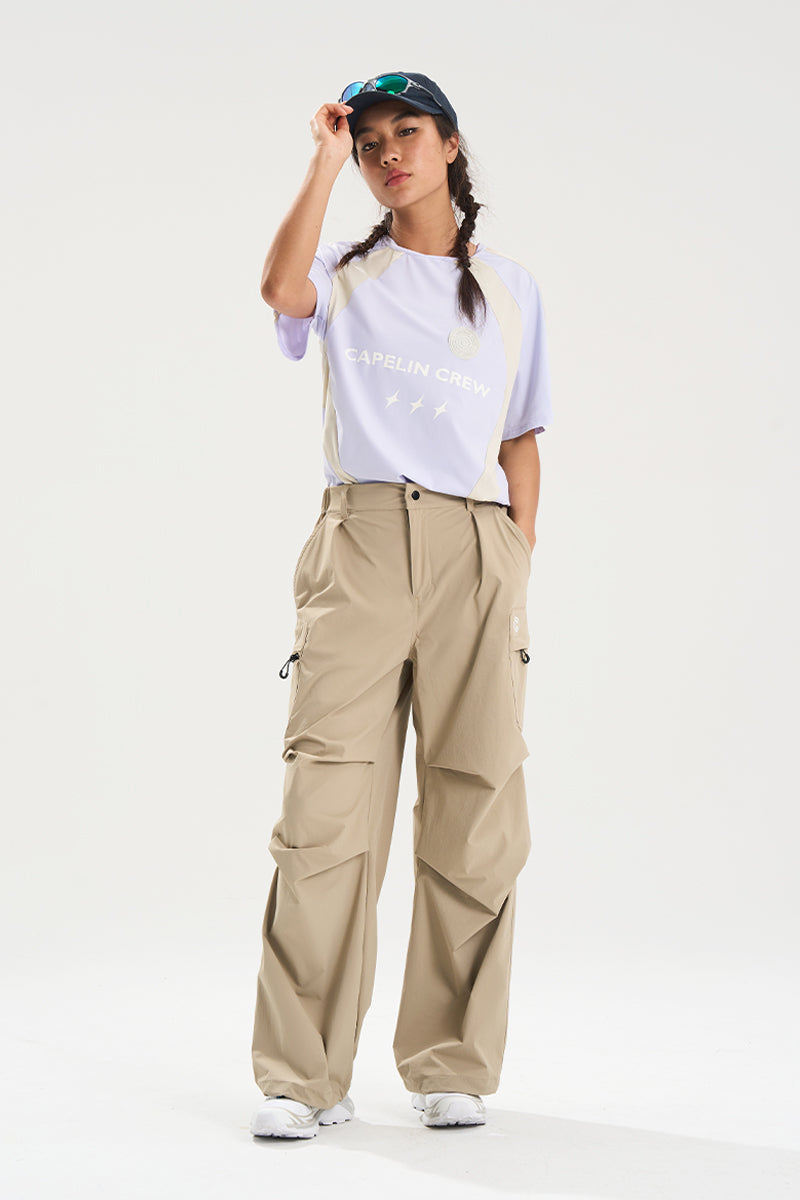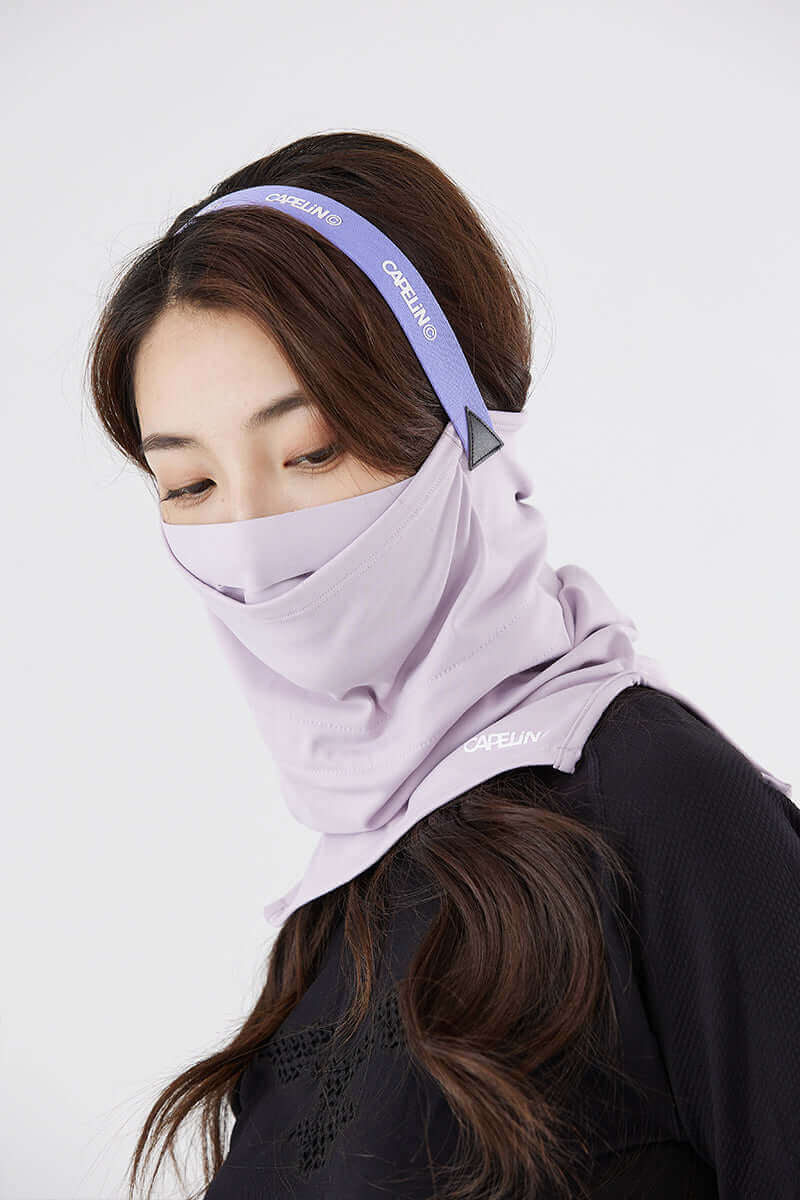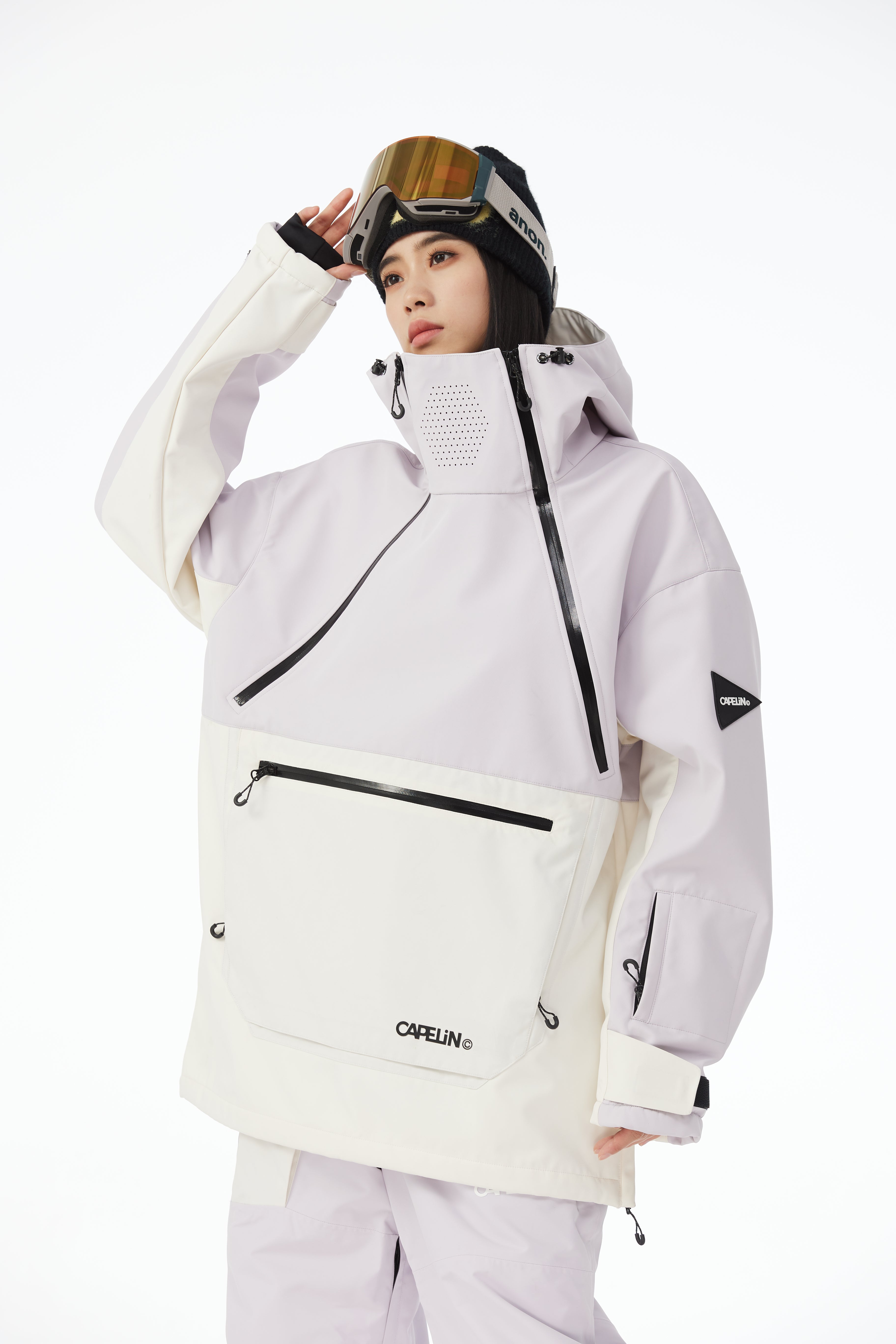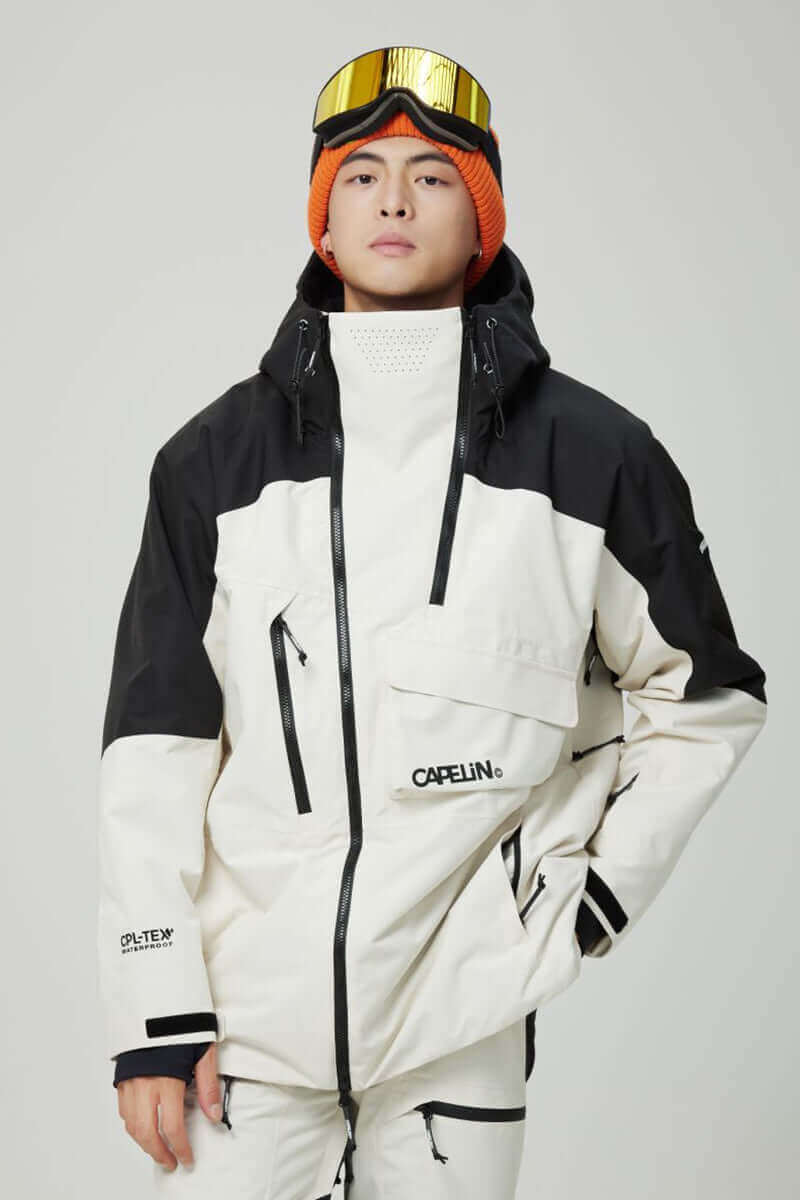Introduction
When hitting the slopes, your snow pants are just as important as your board or skis. Whether you're rocking snow pant bibs or fitted snowboard pants, knowing how to wear them properly can make the difference between a comfortable day on the mountain and a frustrating one. Here’s everything you need to know about how to wear snowboard pants for maximum performance and comfort.
Contents
● What are snow pants?
● What to wear under snowboard pants
● How to wear snow pants with Protective Gear and Snow Boots?
● How should snow pant fit
What Are Snow Pants?

Snow pants are specially designed winter gear that keeps you warm, dry, and protected from the elements. Unlike regular pants, they’re made with waterproof, windproof, and often breathable materials to handle snow, ice, and freezing temperatures.
● Snow Pant Bibs: These extend up to your chest with adjustable suspenders, offering extra coverage and preventing snow from getting inside.
● Fitted Snowboard Pants: Slimmer and more flexible, these are ideal for riders who prioritize mobility.
Snow pants also feature ventilation zippers, reinforced cuffs, and adjustable waistbands to customize fit and airflow.
What to Wear Under Snowboard Pants?
Layering correctly keeps you warm without overheating:
1. Base Layer
a. Merino wool or synthetic thermal leggings (moisture-wicking).
b. Optional: Lightweight fleece-lined pants for extra cold days.
2. Mid-Layer (If Needed)
a. Thin insulated pants for extreme cold (rarely necessary unless below -20°C).
3. Avoid
a. Jeans or sweatpants (they absorb moisture and freeze).
b. Multiple bulky layers (restricts movement).
How to Wear Snow Pants with Protective Gear and Snow Boots

Proper layering ensures warmth, safety, and freedom of movement. Follow these steps:
1. Base Layer First
a. Start with moisture-wicking thermal leggings to keep sweat away from your skin.
b. Avoid cotton—it traps moisture and makes you cold.
2. Add Protective Gear
a. Knee/hip pads go over the base layer but under your snow pants.
b. For back protectors, adjust snow pant bib straps to avoid shifting.
3. Put on Your Snow Pants
a. Pull them up over your pads, ensuring no bunching.
b. If wearing bibs, secure suspenders snugly but not too tight.
4. Seal Your Boots Properly
a. Tuck pants into high-cut snow boots or use gaiters to keep snow out.
b. Ensure boot cuffs fit snugly around your calves to block cold air.
How Should Snow Pants Fit?

A good fit prevents discomfort and improves performance:
● Waist & Hips – Snug but not restrictive; adjustable belts or suspenders help.
● Length – Should cover your boots when standing but not drag.
● Mobility – Test with deep squats—fabric shouldn’t pull or limit motion.
● Layering Space – Leave room for thermal layers but avoid excess bulk.
Avoid:
● Pants that sag or gap at the waist (snow will sneak in).
● Excessively tight fits that restrict movement.
Conclusion:
Snow pants are essential winter sports gear, and proper wearing techniques directly impact comfort and safety. Follow the three-layer principle: moisture-wicking base layer, insulating mid-layer, and waterproof/windproof outer shell. Protective gear should be worn between the base layer and snow pants. Ensure pant cuffs seal tightly with boots to prevent snow entry, while maintaining a snug yet unrestrictive fit at waist/hips. Mastering these key points will keep you both professional and comfortable throughout the snow season!
FAQ:
Q: Do snow pants need frequent washing? How to maintain them properly?
A: Wash periodically (every 5-8 uses) with technical detergent in cold water. Avoid fabric softeners. Tumble dry on medium heat to reactivate DWR coating. Store completely dry and avoid compression to preserve fabric elasticity.

